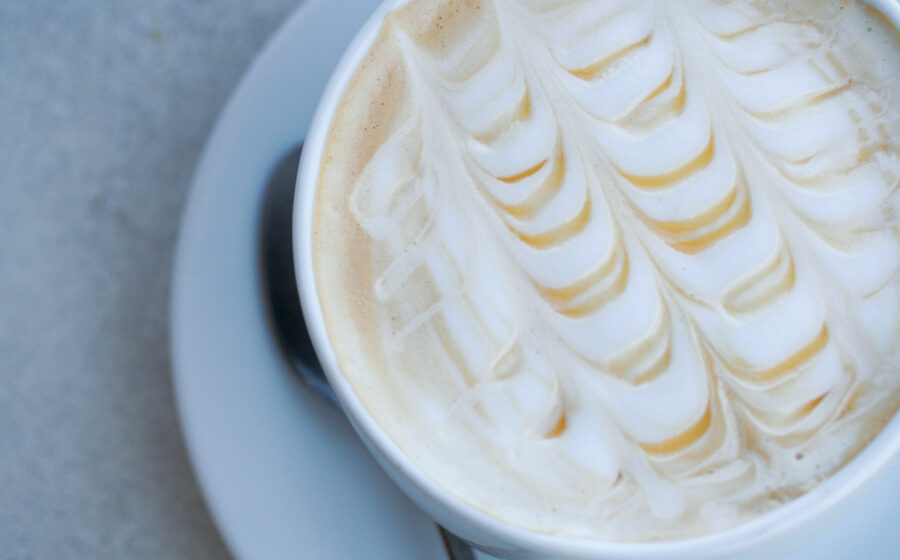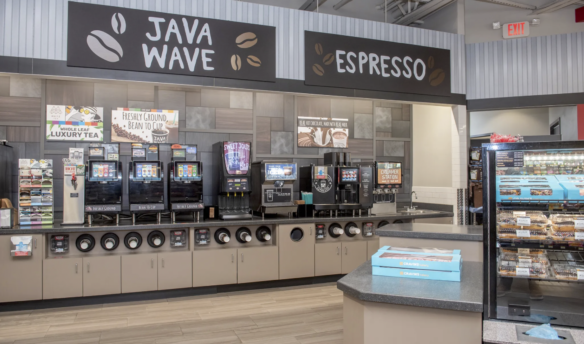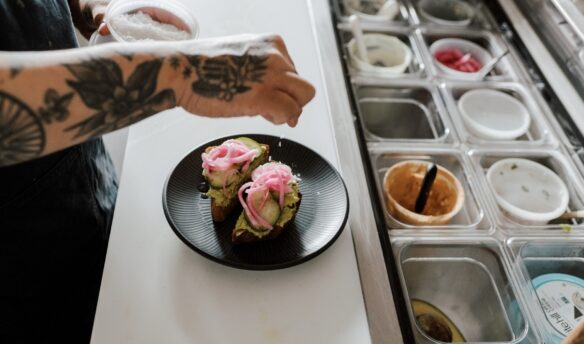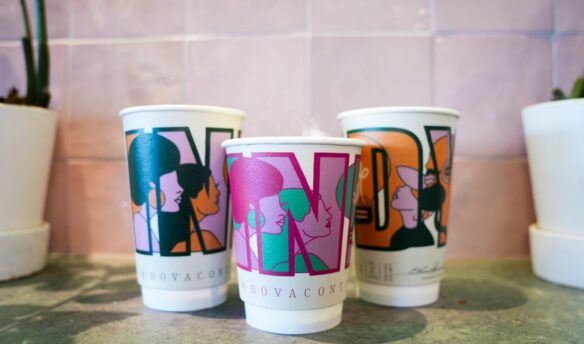[F]or decades now, the coffee industry has expanded and made money with few dips or drops. The positive angle along the profits graph hasn’t meant that every café, maybe not even most, that has entered the market has faired well. With so many coffee business owners enjoying a handsome income, why do others struggle or fail?
Very often, it’s simply because the owner doesn’t have a handle on the cost of goods. Because 30 to 35 cents of every dollar earned will go back to pay for ingredients, controlling your cost of goods is essential. Understanding and controlling this critical part of your business is required to generate the sixty-five to seventy percent gross profit necessary to offset all other expenses and produce a bottom line return.
To have a useful understanding of your cost of goods, you’ll need to know two things: your costs of goods for a period of time (typically a month) and the combined ideal cost for everything that was sold over that same period. Not keeping track of this from the start is a regular mistake. If you’re among those café owners who can’t rattle off the value of your current inventory, we’ll walk through the process to sort out that number.
Cost of Goods Formula:
Beginning Inventory + Purchases – Ending Inventory = COG ($) ÷ sales = COG (%)
To determine what your actual cost of goods is you’ll need to know the dollar value of your store inventory at the end of two consecutive months. This will require counting all the consumable products in your business (beverage and food ingredients, retail merchandise, paper products, and cleaning chemicals), multiplying each item by its cost to you, and adding all items together. The value of your end-of-month inventory, naturally, is also the value for the following month’s beginning inventory (the next morning). At the end of the second month, repeat the process.
These inventories should be taken after you’ve closed on the last day of the month. This can be a long process and requires a patient and organized mind-set.
Between inventory checks, you’ll also need to record the purchases of all consumable products. Once you have these three numbers, simply run the dollar values through the cost of goods formula, which is: beginning inventory (value of your first inventory), plus purchases, minus ending inventory (the value of your second inventory). This will provide you with the actual dollar value of product you used. If you divide that dollar figure by the sales those products created, you will see your cost of goods as a percentage of sales. Overall, thirty to thirty-five percent is what you should be shooting for.
Next, you’ll need to know what your ideal cost of goods should have been for that same period. Your ideal cost of goods is determined by first figuring out what your exact cost is for every menu item. This means you’ll need to have precise recipe portions for everything you make (all items in all sizes) and precise portion costs for each ingredient.
After you calculate the ideal costs of everything on your menu, multiply the number of each menu item sold over the month by its ideal cost.* (A good POS system can provide info about the items you sold.) Then, add together all the item totals to determine how many dollars worth of ingredients you should have used, if it were a “perfect world.” Of course, it’s not a perfect world. Grinds need to be dialed in, cups are dropped, milk is scorched, so you will never achieve your ideal cost.
What becomes important is the deviance between your ideal and actual costs. Being one to two percent over your ideal cost is expected and acceptable. If the difference is greater than that, you may have a problem and you’ll need to find it. Waste, over-portioning, crummy supplies, employee consumption, and theft might be culprits.
Controlling your cost of goods doesn’t guarantee profitability, but knowing that number and knowing your ideal costs are essential to understanding what is happening in your café. If your cost of goods is out of control, it will be very difficult to achieve profitability, or at the very least, you’ll be leaving a lot of dollars on the table.
Understanding your COG will provide a sturdy foundation for making the moves that can lead to a successful business.
*If you want to figure out the ideal cost for a sixteen-ounce vanilla latte, not counting the cost of the paper products, you would follow this formula using your specific recipe and prices:
16 oz. vanilla recipe: 2 1-oz. shots, 1 oz. vanilla, and 8.7 oz. milk (steamed to 13 oz.)
Espresso: $9.50 per lb. of coffee ÷ 56 8-gram shots per lb. = 16.96¢ per shot x 2 = 33.9¢
Vanilla Syrup: $6.00 per bottle ÷ 25 oz. per bottle = 24.0¢
Milk: $3.50 for gallon milk ÷ 128 = 2.7¢ per oz. x 8.7oz. = 23.7¢
Total Cost 16 oz. vanilla latte (hot): 33.9¢ + 24.0¢ + 23.5¢ = 81.6¢
—Ed Arvidson is President of E&C Consulting and the Coffee Business School of the Cascades.















